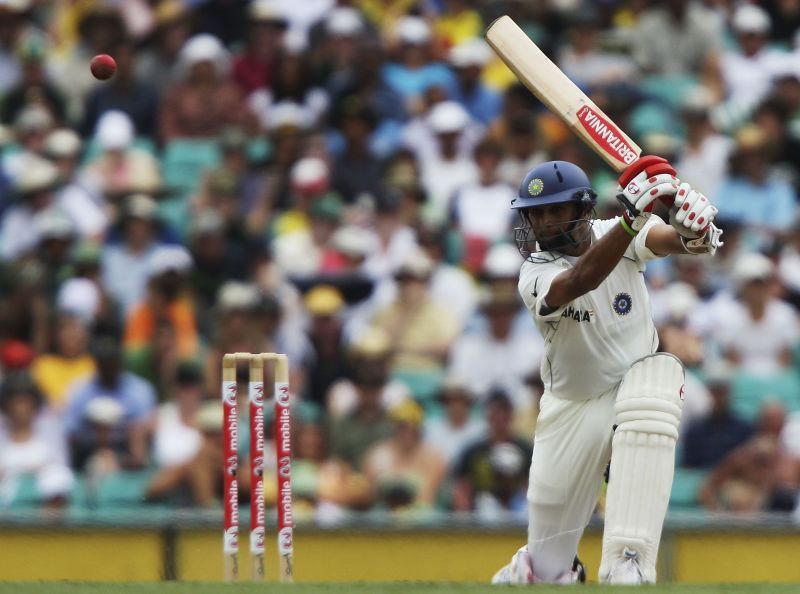
IND vs AUS 2020: Reality check — Was Rahul Dravid really that good in Australia?
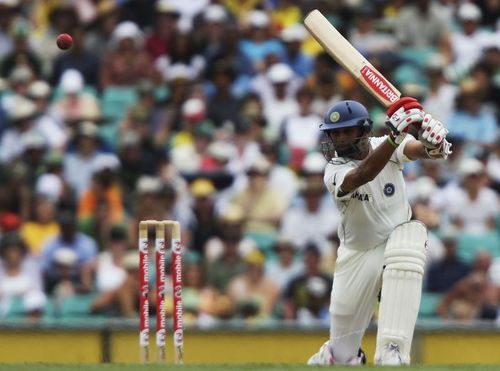
Every time an Indian batting line-up fails overseas, the name ‘Rahul Dravid’ trends everywhere. The conclusions usually range between 'they should have batted like Dravid' or 'get Dravid as the coach.'
It's well known that a large section of India wants Rahul Dravid as the head coach, a position the man himself has been reluctant to openly advocate for.
The scars of 36 are perhaps too deep for any stakeholder of Indian cricket. The fire in the fans’ voices gathered more fuel after the former chairman of selectors, Dilip Vengsarkar, requested the BCCI to send Rahul Dravid to Australia to help Indian batsmen tackle the moving ball.
Inarguably, Rahul Dravid has been India’s best batsman against the moving ball. But is Australia known for conditions where the ball swings prodigiously? The pink ball moved on the third day of the Adelaide Test, but were the conditions unplayable?
What are the playing conditions in Australia?
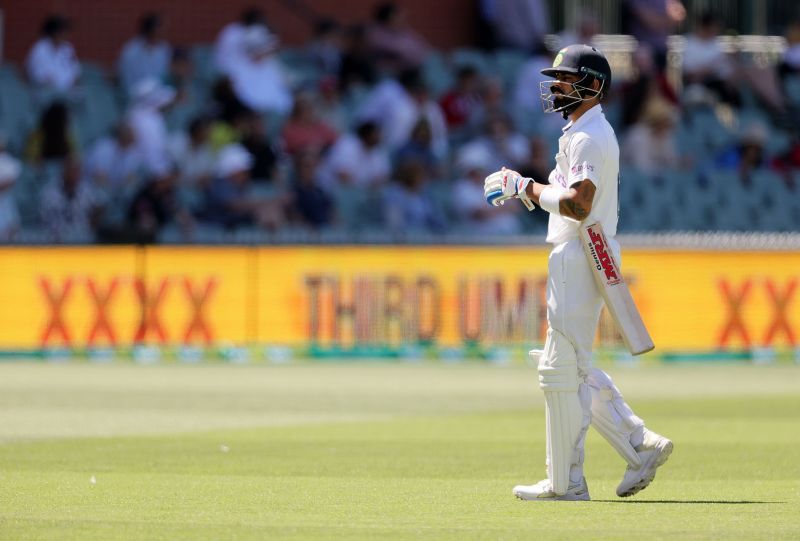
According to The CricViz Analyst, the average swing and seam on that day was 0.58 degrees and 0.66 degrees respectively. The numbers indicate a good amount of movement but nothing extravagant. According to their Expected Wickets model, the innings would, on average, have yielded a score of 60 for three. So, was seam and swing a problem in the first place?
The vast Australian expanse presents various conditions, but one attribute that most surfaces carry, due to the nature of the soil, is good pace and bounce. There will be movement under a cloud-cover or on a windy day, but playing in Australia more about the adjustment the batsmen need to make against the pace and bounce.
Was Rahul Dravid really at his best against the best?
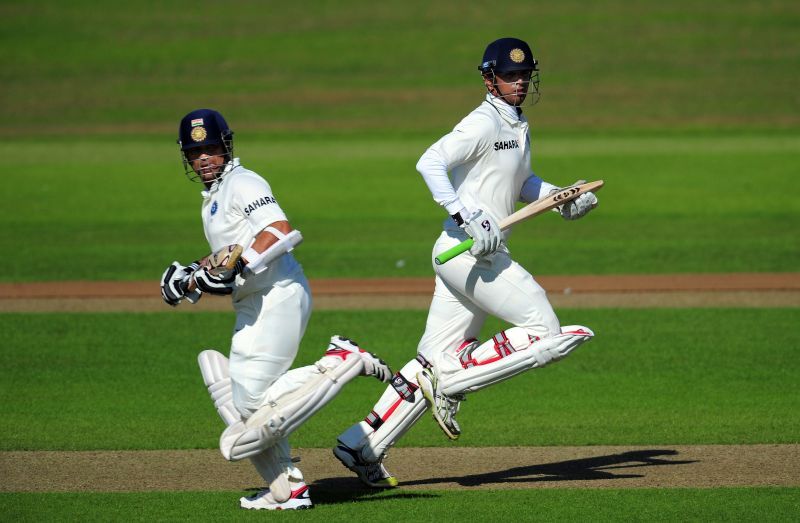
Earlier this year, Rahul Dravid was voted India’s greatest Test batsman in the last 50 years by a poll conducted by Wisden India. He beat Sachin Tendulkar in the final round. Dravid voters were either immersed in fandom, or blinded by the perception that he was India’s savior against the best of bowling attacks in extreme conditions.
It’s widely believed that the Wall’s defense could not be penetrated, which led to India’s march overseas. But was he really the best against the best in foreign lands?
Rahul Dravid was a champion in mastering swing and movement. The numbers illustrate that. In the 20 Tests that he has played in England and New Zealand, he has 2,142 runs at 66.94, registering eight centuries.
During Rahul Dravid's playing days, however, the most challenging places to tour for batsmen were South Africa, Sri Lanka and Australia, where the visiting batsmen averaged 25.09, 26.09 and 26.21 respectively.
In the 39 Tests that Rahul Dravid played in these countries, he scored 2,452 runs at 35.53, scoring a century each in all the three countries. Even this number is largely inflated due to one Test, which we'll get to in a bit.
Between 1996 and 2012 (Rahul Dravid's playing days), Tendulkar played 34 Tests in these regions, amassing 3,314 runs at 57.13. Even Virender Sehwag and VVS Laxman scored over 2,000 runs in Australia, South Africa, and Sri Lanka — in fewer Tests than Dravid — and averaged almost 45.
There’s another myth that strike rate doesn’t mean anything for batsmen. During this timeframe, Tendulkar, Laxman, Sehwag and Dravid’s strike rates in these lands read 56.1, 50.5, 78.9 and 39.3 respectively.
Was Rahul Dravid as good against quality attacks in conditions that offered more pace and bounce?
South Africa and Australia are the two countries noted for wickets that assist pace and bounce.
Indian batsmen with most runs in Australia and South Africa in the past 30 years

The above list tells us that if two batsmen really mastered the conditions with pace and bounce, they are Tendulkar and Virat Kohli. It also shows that Laxman, Sehwag, Cheteshwar Pujara, and Ajinkya Rahane found more success than Dravid in these conditions.
Dravid averages 29.71 in 11 Tests that he has played in South Africa.
Trivia: Tendulkar averages above 40 in every country he has played cricket.
Rahul Dravid in Australia
Sticking to Australia, here’s how the numbers stand.
Most runs by Indian batsmen in Australia
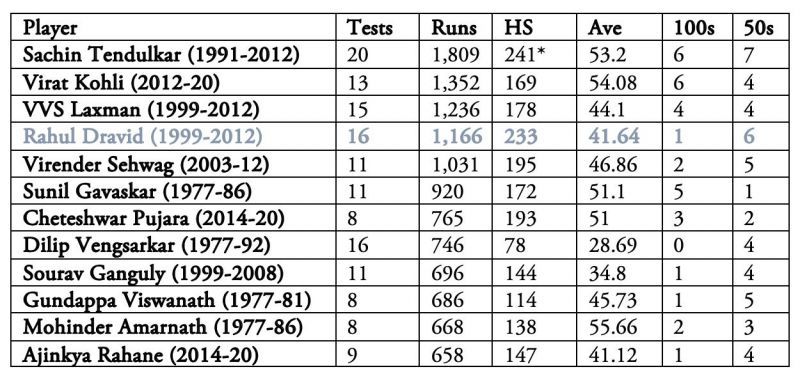
Dravid’s greatest moment in Australia came at The Adelaide Oval. He crafted a fabulous 233 and 72* to guide India to one of its most famous wins. That's 305 runs from one Test. The average almost drops 10 points to 31.89 if that Test is excluded.
There’s no intention to exclude that to bring his average down, but the above bit reflects his inconsistency. It also proves that statistics in isolation could mislead, even while dealing with decent-sized data.
The 2003-04 tour saw Dravid amass 619 runs at 123.8. He had three not-out innings that further boost the average. The series was played in good batting wickets, and Australia were without Glenn McGrath and Shane Warne.
The tour saw Brett Lee, Jason Gillespie, Brad Williams, Nathan Bracken and Stuart MacGill struggle against experienced Indian batsmen on batting-friendly surfaces. In fact, even Indian bowlers struggled against Australia's big batsmen. The four Tests that series witnessed a combined batting average of 48.3 from both teams.
Trivia: Ricky Ponting struck two big double hundreds in back-to-back Tests in the 2003-04 India series.
To give you perspective, Dravid’s next tour in 2007-08 saw a combined batting average of 36.8. India’s 2018-19 tour of Australia saw a combined batting average of 30 as both the sides were stacked up with quality bowlers.
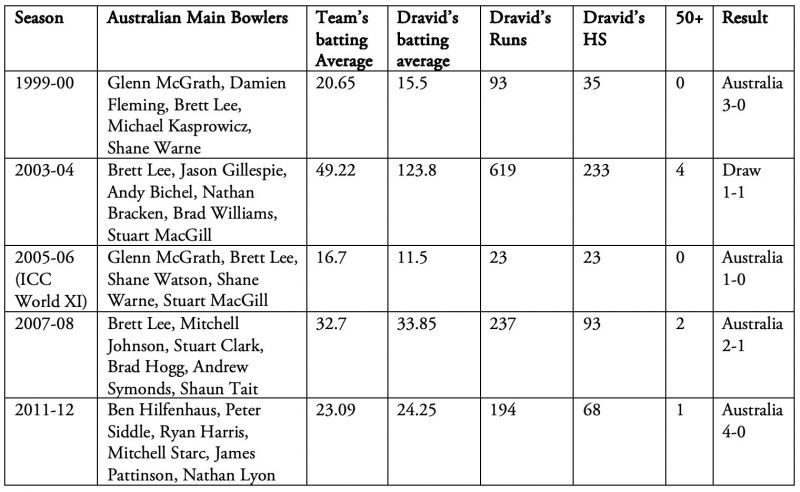
In Starc, Cummins, Hazlewood and Lyon, Australia arguably have their greatest bowling attack in decades. Theoretically, Dravid’s success against this attack in Australia would be questionable.
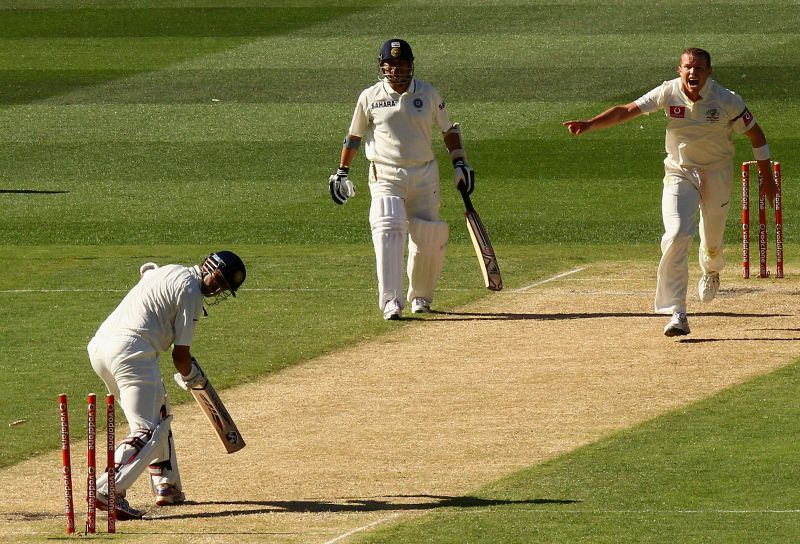
Rahul Dravid, the coach
Rahul Dravid enjoys mentoring and nurturing young talents. But managing the senior pros is a different challenge altogether. It's not his perceived success as a batsman in Australia, but his overall knowledge about batting, and experience as a top-class cricketer that could add value if he's roped in as a batting consultant.
Would that guarantee success? He was appointed India’s batting consultant during the 2014 England tour. Despite his superlative record in English conditions, the appointment couldn’t prevent an appalling show from Indian batters as the side lost the series 1-3.
Many would dismiss the numbers, stating their disdain for stats and how they don't mean anything.
But for the time being, India would be better served if they instead focused on a strategy where they could draft in a local Australian coach, who could assist batsmen in a temporary role. In 2016, when Australia toured Sri Lanka, they hired Muttiah Muralitharan as a spin consultant.
Rahul Dravid is one of India's greatest sportsmen, and an impeccable ambassador for the game. But he is not the answer to the Indian team's current batting woes.